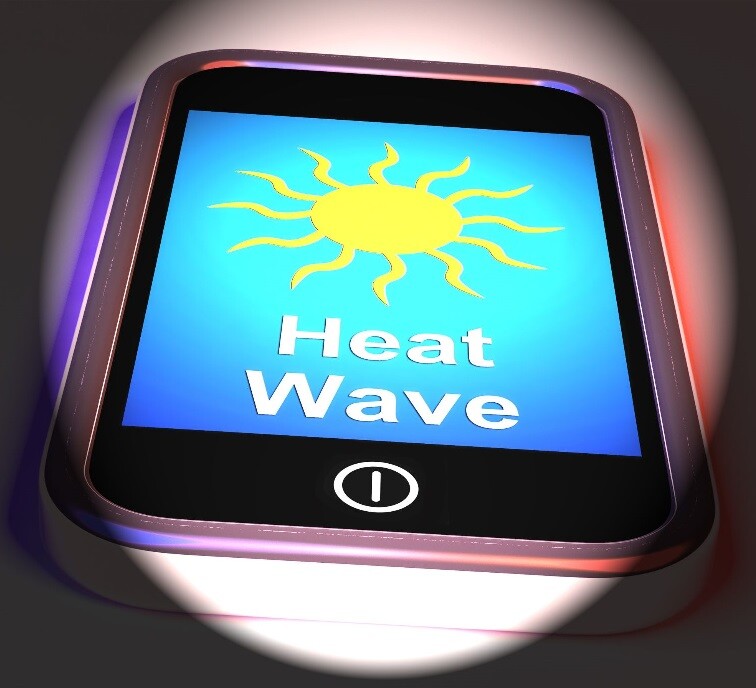Desert summer heat: Know the signs of illness & take precautions

Our local police and fire first responders and our hospital emergency rooms are seeing more people experiencing medical issues related to our recent above-normal summer temperatures. Older people, the unhoused, and those with limited income are most at risk. We at the Desert Healthcare District and Foundation want to remind people to both recognize the signs of heat-related illness and to take precautions to prevent it.
Heat-related illness includes heat stroke, heat exhaustion, heat cramps, sunburn, and heat rash.
Heat stroke may include a high body temperature of 103 degrees Fahrenheit; hot, red, dry or damp skin; fast pulse; headache; dizziness; nausea; confusion and/or loss of consciousness. Heat stroke is a medical emergency. Call 911 right away and move the person to a cooler place. Use cool compresses, but do NOT give water.
Heat exhaustion may include heavy sweating; cold, pale and clammy skin; fast pulse; nausea or vomiting; muscle cramps, tiredness or weakness; dizziness, heatache and/or fainting. Move the person to a cool place, loosen clothes, use cool compresses, and give sips of water. Get medical help right away if vomiting, symptoms last more than an hour, or if symptoms worsen.
Heat cramps may include heavy sweating and muscle pain. Stop physical activity, move to a cool place, drink water or sports drinks, and rest. Get medical help if cramps last more than an hour, you are on a low sodium diet, and/or you have heart problems.
Sunburn is painful, red and warm skin. Blisters may be present on the skin. Stay out of the sun, wear cool clothes, and take a cool bath. Put moisturizing lotion on sunburned areas. Do not break blisters.
Heat rash can be recognized by red clusters of small blisters that look like pimples on the skin (usually on the neck, chest, groin or in elbow creases). Stay in a cool, dry place. Keep the rash dry. Use baby powder (or something similar) to soothe the rash.
How to prevent heat-related illness:
- Never leave people or pets in a closed car on a warm day
- If air conditioning is not available in your home, go to a cooling center
- Take cool showers or baths
- Wear loose, lightweight, light-colored clothing
- If you are outside, find shade. Wear a hat wide enough to protect your face
- Drink plenty of fluids to stay hydrated
- Avoid high-energy activities or work outdoors, during midday heat, if possible
- Check on family members, older adults and neighbors
- Watch for signs of heat-related illness
- Consider pet safety
Sources:
https://www.cdc.gov/extreme-heat/media/pdf/Heat_Related_Illness.pdf
Les Zendle, M.D., is a member of the Desert Healthcare District and Foundation Board of Directors, serving Zone 1.
